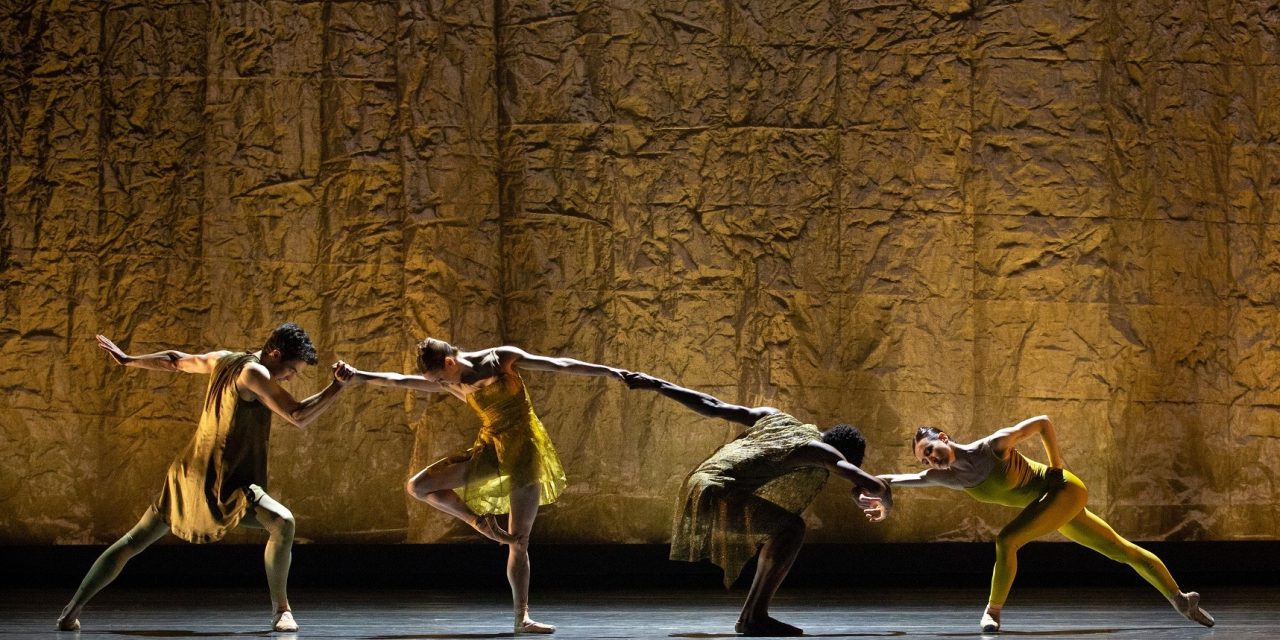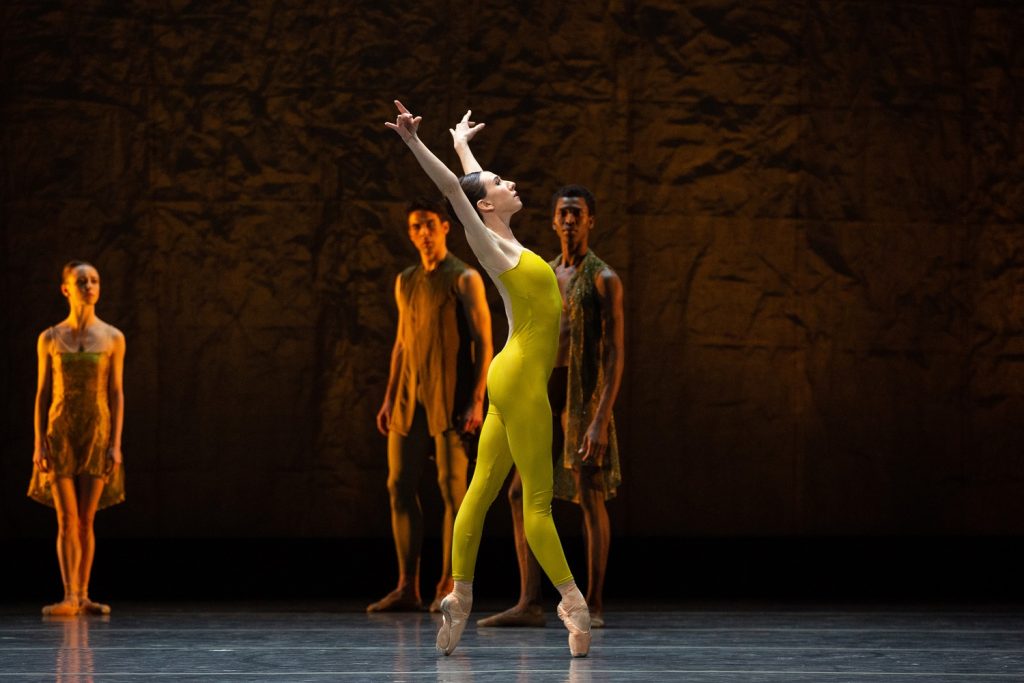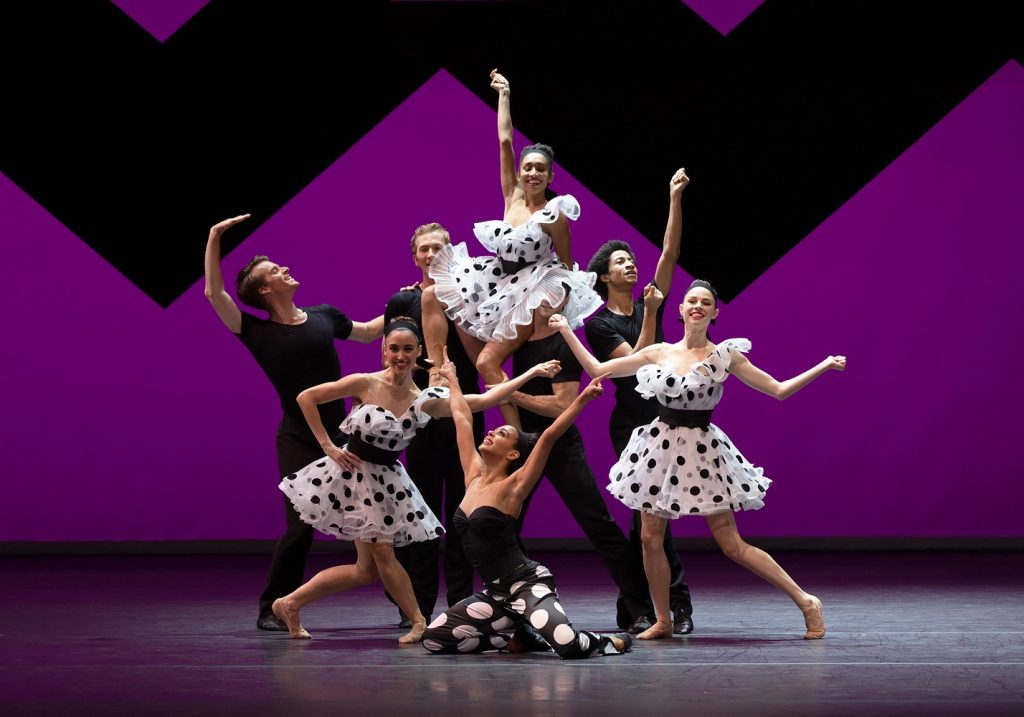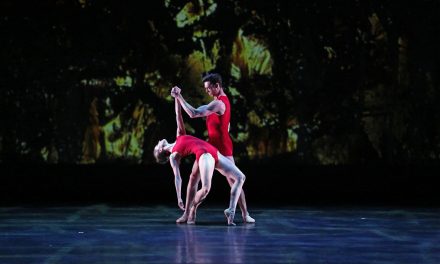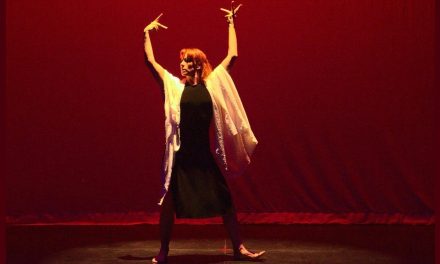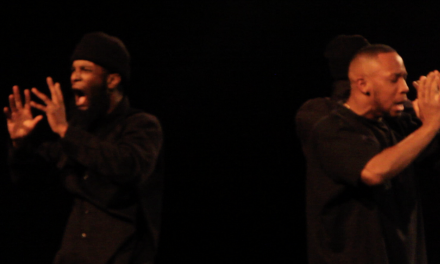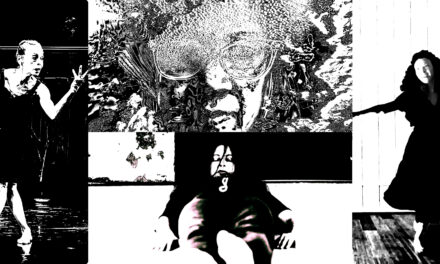There is always something so exciting about going to see the ballet, and American Ballet Theatre’s Forward at Segerstrom Center for the Arts on Wednesday, March 16th did not disappoint. The program consisted of ABT’s Bernstein in a Bubble with choreography by ABT artist in residence Alexei Ratmansky, Alonzo King LINES Ballet’s World Premiere of Single Eye, with choreography by Alonzo King, and ABT’s ZigZag with choreography by Jessica Lang. In other worlds of dance variation and technique, it feels easier to critique what may be old or outdated, but there’s something about the ballet that we as audiences need right now. Coming out of the reality of covid, and the humdrum droning of repeating the same day we did yesterday, the magic and mystery in ballet’s familiarity and reinvention is the spectacle audiences crave. It’s what keeps us coming back for more. Ballet is the mother tongue of dance. Although varying in technique, it’s the same in every language, and understood in every country. It’s with this joyous union that prompted ABT’s Artistic Director, Kevin McKenzie, to give an emotional speech about what’s happening in Ukraine before the performance(s) quoting, “We dedicate this performance to the brave people fighting the Ukrainian War…we not only stand with the Ukrainians, we’ll dance for them”.
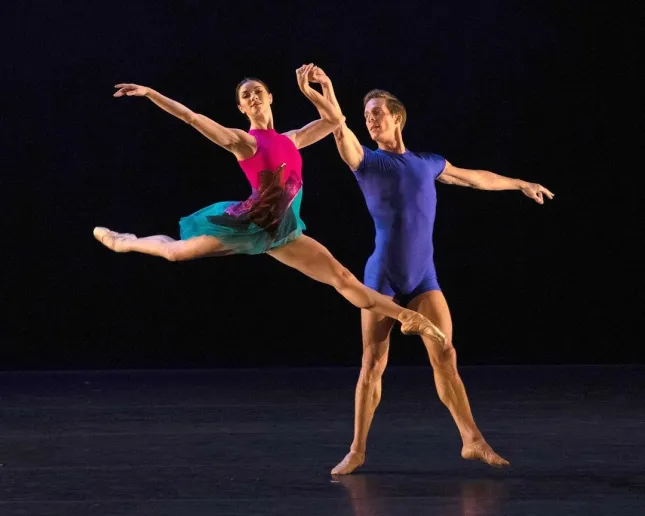
American Ballet Theatre – Cassandra Trenary and Blaine Hoven in “Bernstein In A Bubble” choreography by Alexei Ratmansky – Photo courtesy of ABT
The colors and costumes of Bernstein in a Bubble, were what truly struck the eye right from the beginning. Moritz Junge, with construction by Marc Happel, and digital fabric painting by Gene Mignola was the kind of brilliant collaboration you love to see. The dancers wore colorful leotards of bright jewel tones: orange, emerald green, purple, maroon, and splashes of hot pink. With everything remaining close to the body, I was reminded how structure and costuming plays such a role in the audience’s journey. The choreography was reminiscent of the exuberance we feel watching the musical Oklahoma. With lots of trios, attitude pirouettes, floor work, and heel first rebellion, we were brought into a Bernstein jubilee of witty and playful characters. While the ballet was set, and the choreography rehearsed, I felt as though I was still watching the process of making moves in real time. The vibrating energy of frolic and fun from the dancers themselves was a break into how ballet is not always so serious and tragic. It can be new and inviting.
Ratmansky’s choreography was a perfect precursor to the newness experienced by LINES Ballet Single Eye. In Alonzo King’s new ballet, we were hit over the head with strength in numbers and strength in technique. The dancers seemed to hit the stage with a fury that strikes all the nerves, a fury that attacks survival mode in all its soft vulnerable humility. The quick yearning of each dancer grabbed at the heartstrings and pulled you into a place of pain and beauty, a place only known by the core of a volcano. The choreography was hot, burning, and slowly cooling off as we began with large ensemble numbers and moved into intricate duets. With fast arms in pas de deux, and straight formed lines in the arms and legs, the separation from upper torso to lower with a sharp bend at the hips added to the ballet’s geometric nature. Set and costume designer Robert Rosenwasser gave us washed blue, almost darkened seafoam blue, velvet leotards and yellow gold unitards that shimmered and caught the light with every movement. The more featured ballerinas had a bubbled two-layer tutu that accentuated their hips like fish fins waving and scrunching with the extension of a leg. A remarkable solo by ABT principal Calvin Royal III is where we really see King’s dynamic artistry shine. With the program description, “If thine eye be single, thy whole body shall be full of light. – Matthew 6.22” we see the thought structure of a rooted perspective in goodness. Perhaps, we even get a subtle political commentary on black lives that embody our Earth and make it a better place. The stage was not big enough to hold the power of King’s influential message through the medium of dance. For the first time, in a long time, I felt not only rooted in ballet’s history, but rooted as a human.
With 15 minute intermissions between each ballet’s performance, we switch gears to ABT’s ZigZag, a tribute to Tony Bennett’s voice and artwork, which was displayed in set design and scenery by Derek McLane. Nothing could make a smile grow larger than the jazzy compositions of polka dots and stories of Manhattan. Costume designer Wes Gordon for Carolina Herrera gave us the modern day tutu in mid-shin 1950’s style tulle dresses of bright pink, blue, and yellow strapless apparel for the women, and all white shirt and pants for the men. We heard Bennet favorites such as “I Left My Heart in San Francisco”, “It’s De-Lovely”, and “It Don’t Mean a Thing If It Ain’t Got That Swing” to name a few. The dancers’ remarkable romantic gesturing to one another, seemed to streamline the moonlight right into the theatre itself. With multiple bouts of laughter, and even a few tears, you’re left with the humbling feeling you get from a memorable holiday with family, or a selfless act of unexpected kindness. Earlier programming gave us lots of juxtaposition and heightened tension, whereas ZigZag brought us together with all the warm fuzzy feelings of being physically connected, as we watched each dancer embrace the weight of lifts, partnering, and a little Americana social dance. Lots of swing dance referencing, jazz hands, and snapping fingers, and we were flown into a Vincente Minnelli film.
As much as I loved the choreography by Lang, I couldn’t help but ponder why the otherwise cheesy nature of ZigZag is acceptable under this context, but could be criticized for its celebration of white privilege perhaps in another. After all, the swing style of the jitterbug, or the Lindy Hop, originated in African American dance clubs in New York. This perhaps is where constitutions like American Ballet Theatre lack the forward thinking of American culture; however, it is the universal language of ballet that forgives the two steps forward, one step back. There’s just something about the ballet that we need right now. There is something about dance that can cure, heal, and bind us together emotionally that no other art form can speak or do. That’s the magic that is theater.
#####
To learn more about American Ballet Theatre, please visit their website.
To see the full season line up at Segerstrom Center for the Arts, please visit their website.
Written by Grace Courvoisier for LA Dance Chronicle.
Featured image: American Ballet Theatre – Single Eye choreography by Alonzo King – Photo by Marty Sohl

